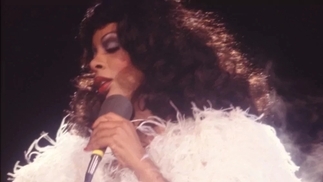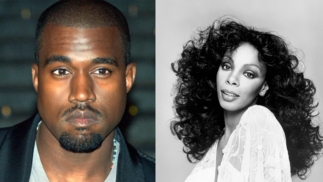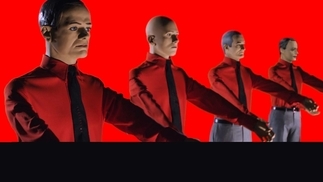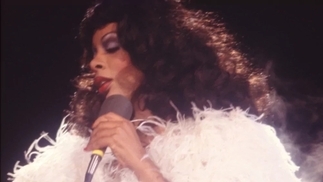DANCE MUSIC FROM THE BEGINNING: PART ONE
Moroder, Kraftwerk & the Synthesizer

Dance music is a hot place to be place right now. What began as an underground counter-culture has grown, over the last 25 years, into a sound that dominates not only global dancefloors, but international festivals and pop charts alike.
But it wasn’t always like this...
In this new series, in association with Miller Genuine Draft, we lay bare the dance music story, to show the raft of new ‘EDM’ fans where these sounds and ideas first came from.
PART ONE: MORODER, KRAFTWERK & THE SYNTHESIZER
Much deliberation and column inches have been dedicated to dance music’s first moments. This is partly because it was never defined properly at the time. Instead we have retrospectively tried to identify the genesis of dance music through the looking glass of what has come since.
Electronic music in some shape or form could be said to have existed for 100 years, but chiefly there is a clear stylistic line between the disco of the ’70s and the house music that would eventually follow it. In 1977, Italian producer Giorgio Moroder (pictured, above) teamed up with disco diva Donna Summer to create ‘I Feel Love’; a hypnotic, dark, disco odyssey that used no ‘traditional’ instruments at all.
Moroder, who presented the Top 100 DJs Awards in 2013, is resurgent in the new wave of EDM, most recently featuring on Daft Punk’s ‘Random Access Memories’ album which draws a nice line between the sound he created and its modern interpretation almost three decades on.
Moroder’s futuristic sound owed a lot to his faith in a new instrument called the synthesiser - which he believed to be the instrument of the future, due to its ability (in the right hands) to create almost any sound.
And he was not alone in his adoption of this instrument. Treading a different but equally influential path towards the development of dance music were a Krautrock band from Germany called Kraftwerk. In 1974 they reworked their sound to create ‘Autobahn’, inspired largely by their Minimoog synthesiser.
As you can hear, Moroder’s hypnotic disco was miles from Kraftwerk’s surreal, yet catchy electronica but in their adoption of electronic aesthetics, they inadvertently created the first clear examples of electronic dance music.
In the next part in this series we focus on the post-disco period and the emergence of house music in the US. Follow Miller Genuine Draft on Facebook to make sure you don’t miss it.





